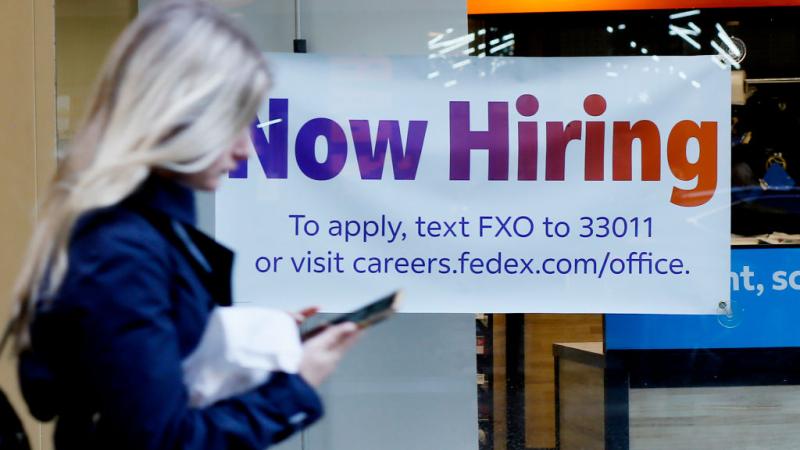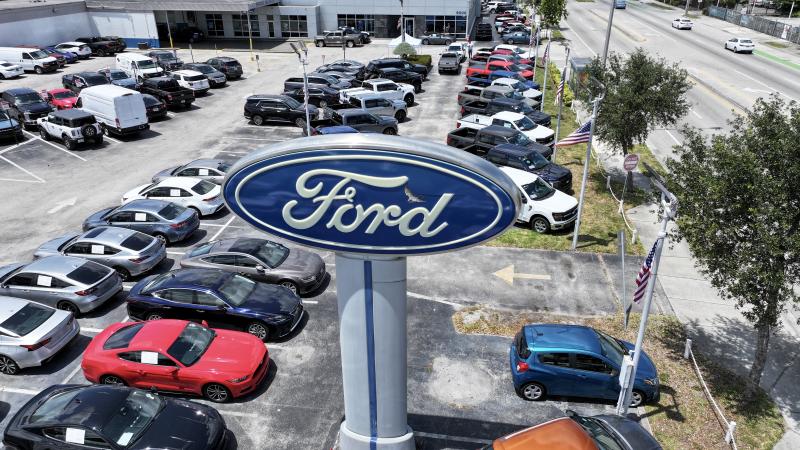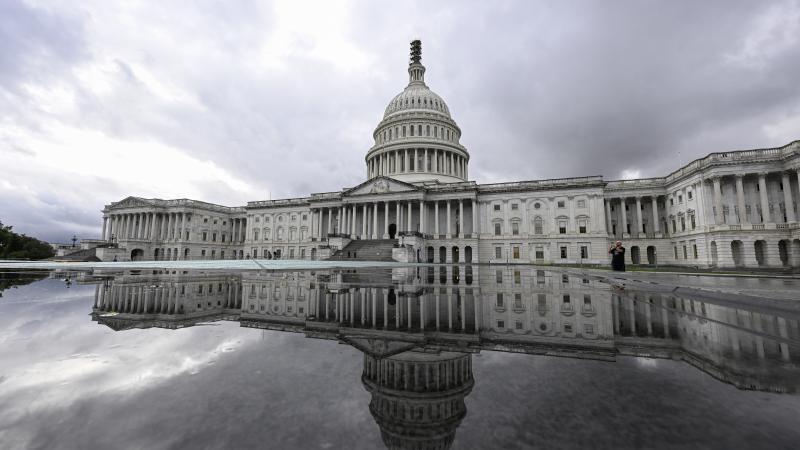Smaller businesses in Europe outpacing behemoths like Shell, Nestlé that are mired in rules and regs
Multinationals have seen growth rates held back by a mix of sustainability disclosures, digital compliance, emissions rules, supply-chain accountability, human rights reporting mandates, anti-money laundering rules and sector-specific regulations
Small and medium businesses in Europe are quietly outpacing the continent’s best-known multi-nationals, creating an unexpected case study on the virtues of increased market flexibility.
Recent data from the European Commission show SMEs, Small- and Medium-sized Enterprises, adding new jobs and expanding output faster than the larger enterprises in the wake of the energy shock and inflation spike of recent years.
Multinationals have seen growth rates held back by a mix of sustainability disclosures, digital compliance, emissions rules, supply-chain accountability, human rights reporting mandates, anti-money laundering rules and sector-specific regulations.
Companies impacted include German carmaker Volkswagen, British oil and gas giant Shell; Banco Santander, the Spanish financial services firm; Swiss food and beverage conglomerate Nestlé; Italian tiremaker Pirelli; and pan-European aviation consortium AirBus.
But most SMEs fall below regulatory thresholds, allowing them to expand output, reinvest profit and increase payrolls. Few are household names, but cumulatively they are helping to improve Europe’s economic outlook by sidestepping an often dense regulatory framework that never took them into account.
SMEs have other advantages: they can adapt quicker to changing market conditions, make major decisions without layers of internal governance, and they often have a more loyal customer base.
“Regulation is seen by more than 60 percent of European Union companies as an obstacle to investment,” said Martynas Barysas, director of Business Europe, an umbrella group of national European business federations. He noted that although large companies often have divisions focused on regulatory compliance, that still creates a drag on growth.
Supporters of Europe’s regulatory structure say that sustainability disclosures, emissions rules, and supply-chain transparency make it harder for large companies to cut corners at the expense of public health, air quality or worker’s rights.
Even supporters of Europe’s regulatory model acknowledge there’s a cost to its complexity.
Last year, Mario Draghi, a former governor of the European Central Bank and prime minister of Italy, said in a highly touted report that if Europe doesn’t succeed in increasing overall efficiency, European companies will “not be able to simultaneously lead in new technologies, be a beacon of environmental sustainability and act as an independent global player.”
That report came a year after the European Commission took steps to act on that topic, publishing a work program that in part is aimed at “reducing the administrative burden of reporting requirements … by 25 percent across the board.” But so far the work program has had limited results.
The regulatory dynamic in Europe differs sharply compared to the U.S. where lighter federal reporting rules have allowed large corporations to scale faster. That is a factor contributing to the fact that the U.S. has 138 companies listed on the latest Fortune Global 500.
That compares to 116 for the 27-nation European Union, plus the U.K., and Switzerland, even though the combined population of those countries is 530 million compared to just under 350 million for the U.S. (the combined GDP of the E.U., U.K., and Switzerland is smaller than that of the U.S., however: around $24 trillion compared to $29 trillion).














